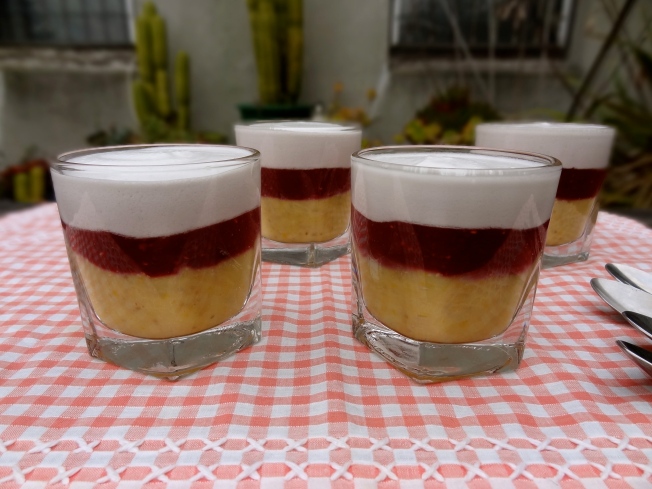
Nectarines are rocking my world right now. As the summer weather comes to a close here in New Zealand, orchards and gardens are heaving with delicious fruit, ripe for the picking.
Nectarines have always been my most treasured of the stone fruit bunch. Sweet yet tart, soft with a bit of bite, I often mourn their presence when supplies slowly dwindle after summer. I’m making the most of them while I can and I suggest that you do as well if you are living in this part of the world.
Nectarines are a super food star as they are high in beta-carotene, an antioxidant that converts into vitamin A, which helps keep your skin radiant and teeth strong. They are also high in vitamin C, which is essential at this time of year to protect your body against sickness; as well as fibre and potassium, which ensure the body is functioning optimally.
The addition of orange blossom water instantly takes me back to my time in the Jordan and the wonderful way that traditional Middle Eastern delicacies use a hint of a floral fragrance to transport you somewhere exotic and far away. Much time was spent wandering the different neighbourhoods of Amman, soaking up the sights, scents and sounds of the Old Town, popping into eateries when I needed to be refreshed, creating some of my most perfectly enduring food experiences. I treasure these memories, when the Middle East was much more peaceful and stable, and live in hope that this harmonious state will return.
The key to using orange blossom water (and rose water) is to use it sparingly – you want a subtle hint, not an extreme sensory punch. Orange blossom water is widely available these days, in the international section of the supermarket, delicatessen or Middle Eastern store.
Making a chia-based jam is a healthy way to get your jam jamming as the chia seeds “gelatinise” when mixed with liquid, so the jam doesn’t require a thickening agent like pectin or an immense amount of sugar to set, as is the norm with a traditional jam. This lusciously floral fruity jam freezes well and will last for about two weeks in the fridge.
Nectarine and Orange Blossom Chia Jam
4 cups of nectarines, chopped (about 1.5 kgs)
1/2 a cup of coconut sugar
A tablespoon of orange blossom water
A tablespoon of lemon juice
4 tablespoons of ground chia seeds *
Blanch the nectarines until the skins split (about a minute or two). Refresh with cool water and peel.
Chop the nectarine flesh into small pieces, transfer into a saucepan and slowly bring to a simmer. Cook for 5 minutes until the fruit starts to break down and become syrupy. Add the coconut sugar, orange blossom water and lemon juice and cook for a further 5 minutes. You can make the jam as smooth or chunky as you like by mashing the mixture until it is the desired consistency.
Take off the heat and stir in the ground chia seeds and allow to thicken. It will become obviously thicker at this point (and slightly more once fully cooled), but if you would like a thicker consistency, add an extra teaspoon of ground chia seeds.
Transfer into glass jars once the jam has reached room temperature and pop into the fridge. Enjoy the jam on toast with lashings of butter or on Greek yoghurt, ice cream or creamy dessert.
*You can use normal chia seeds, but I prefer ground when making jam as the chia seeds blend into the mixture better.










